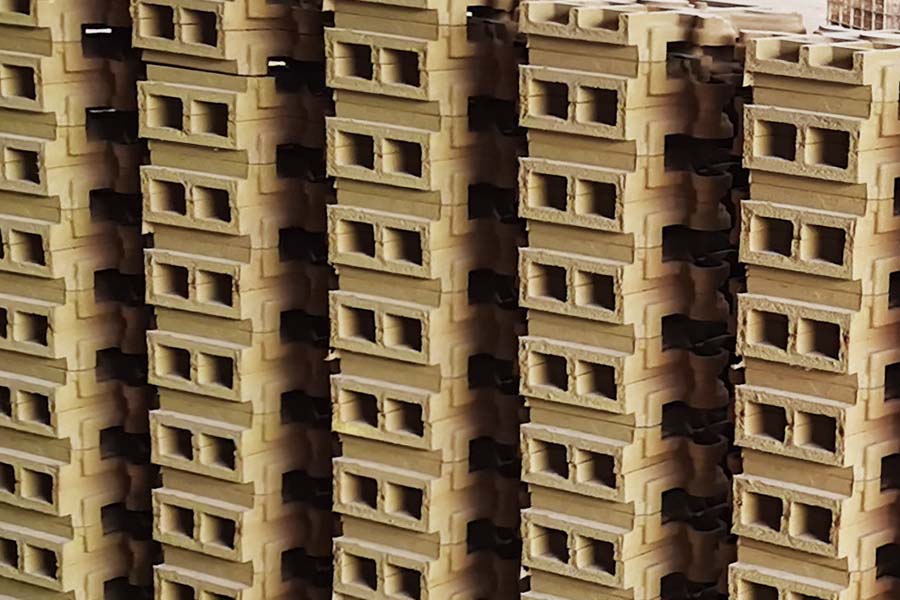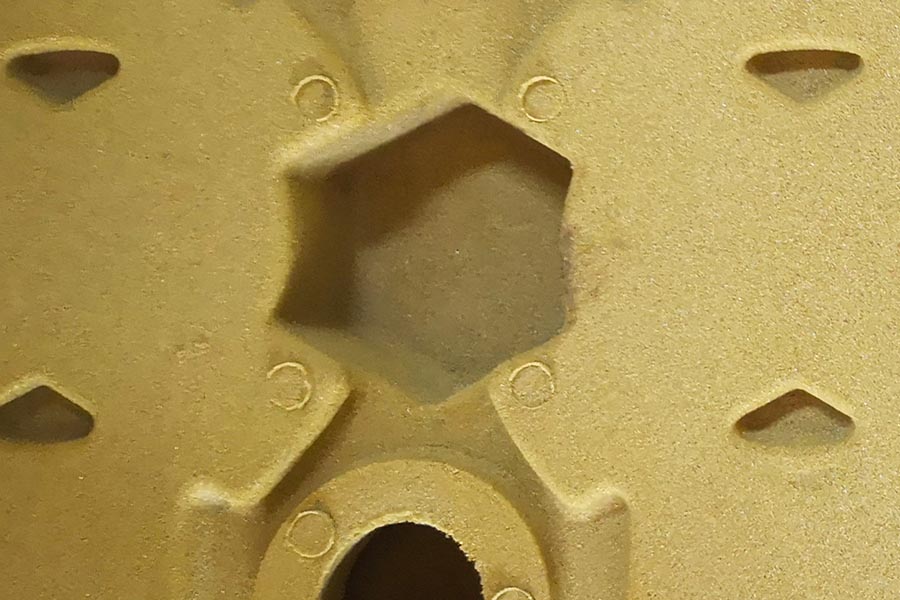Generally, dry and fine sand (90 to 140 GFN) that is completely free of the clay is used for preparing the shell moulding sand. The grain size to be chosen depends on the surface finish desired on the casting. Too fine a grain size requires large amount of resin, which makes the mould expensive.
The synthetic resins used in shell moulding are essentially thermosetting resins, which get hardened irreversibly by heat. The resins most widely used are phenol formaldehyde resins. Combined with sand, they have very high strength and resistance to heat. The phenolic resins used in shell moulding usually are of the two stage type, that is, the resin has excess phenol and acts like a thermoplastic material. During coating with the sand the resin is combined with a catalyst such as hexa methylene tetramine (hexa) in a proportion of about 14 to 16% so as to develop the thermosetting characteristics. The curing temperature for these would be around 150 C and the time required would be 50 to 60 s

Advantages
1. Shell-mould castings are generally more dimensionally accurate than sand castings. It is possible to obtain a tolerance of +0.25 mm for steel castings and +0. 35 mm for grey cast iron castings under normal working conditions. In the case of close toleranced shell moulds, one may obtain it in the range of +0.03 to +0.13 mm for specific applications.
2. A smoother surface can be obtained in shell castings. This is primarily achieved by the finer size grain used. The typical range of roughness is of the order of 3 to 6 mircrons.
3. Draft angles, which are lower than the sand castings, are required in shell moulds. The reduction in draft angles may be from 50 to 75%, which considerably saves the material costs and the subsequent machining costs.
4. Sometimes, special cores may be eliminated in shell moulding. Since the sand has high strength the mould could be designed in such a manner that internal cavities can be formed directly with the need of shell cores.
5. Also, very thin sections(up to 0.25 mm) of the type of air-cooled cylinder heads can be readily made by the shell moulding because of the higher strength of the sand used for moulding.
6. Permeability of the shell is high and therefore no gas inclusions occur.
7. Very small amount of sand needs to be used.
8. Mechanisation is readily possible because of the simple processing involved in shell moulding.
Limitations
1. The pattens are very expensive and therefore are economical only if used in large-scale production. In a typical application, shell moulding becomes economical over sand moulding if the required output is above 15000 pieces because of the higher pattern cost.
2. The size of the casting obtained by shell moulding is limited. Generally, castings weighing up to 200 kg can be made, though in smaller quantity, castings up to a weight of 450 kg are made.
3. Highly complicated shapes cannot be obtained.
4. More sophisticated equipment is needed for handling the shell mouldings such as those required for heated metal patterns.

 русский
русский



